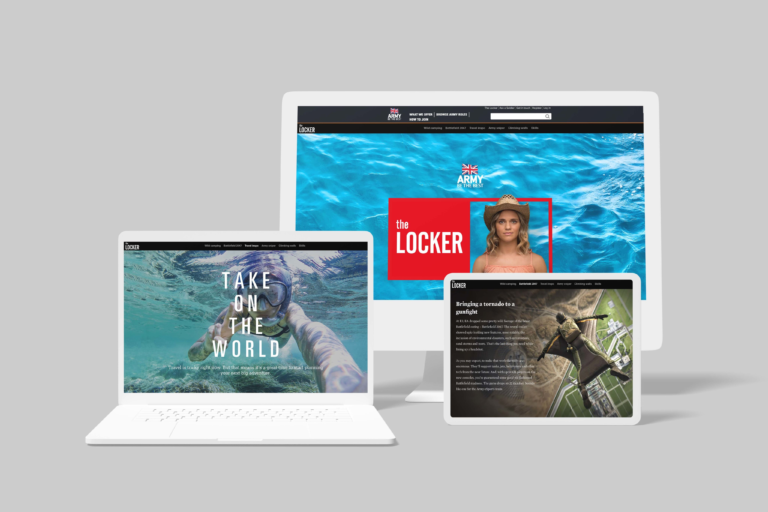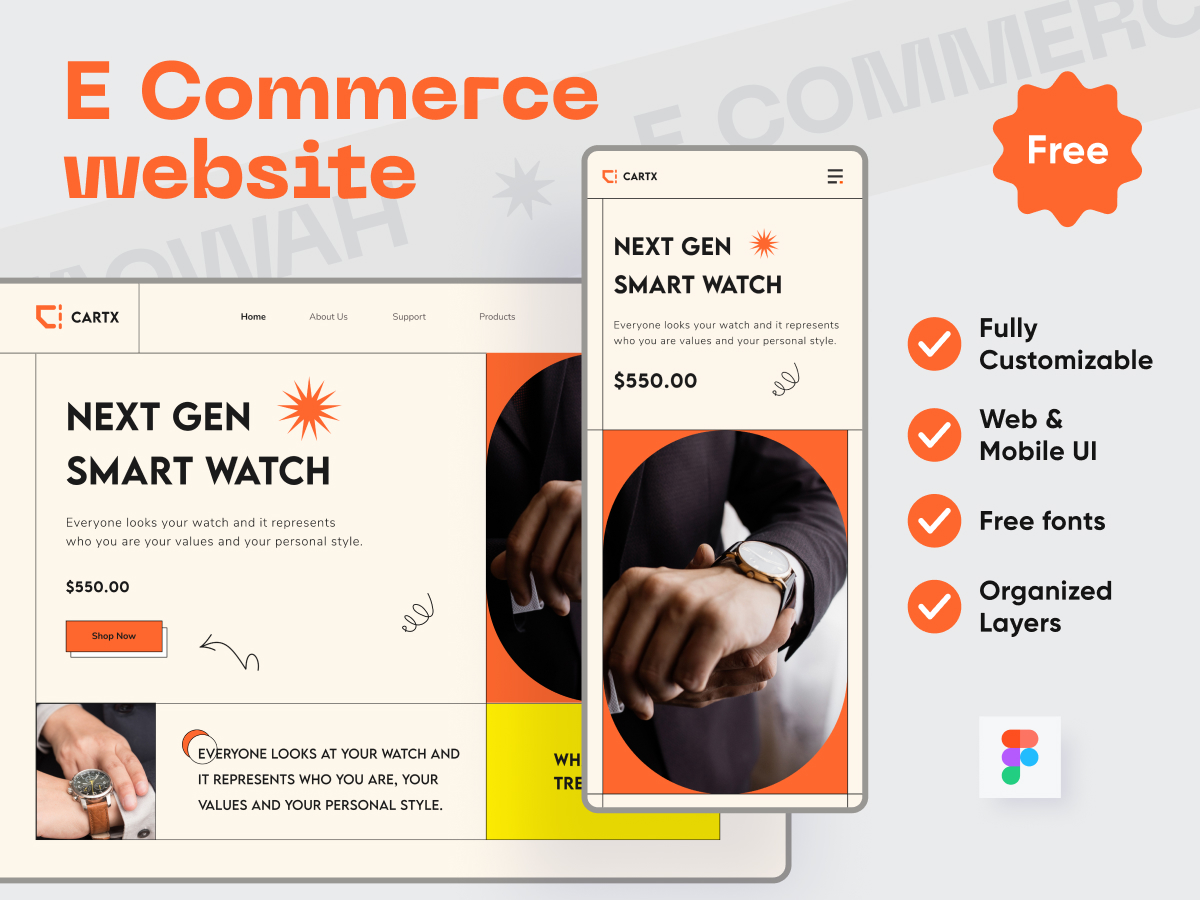
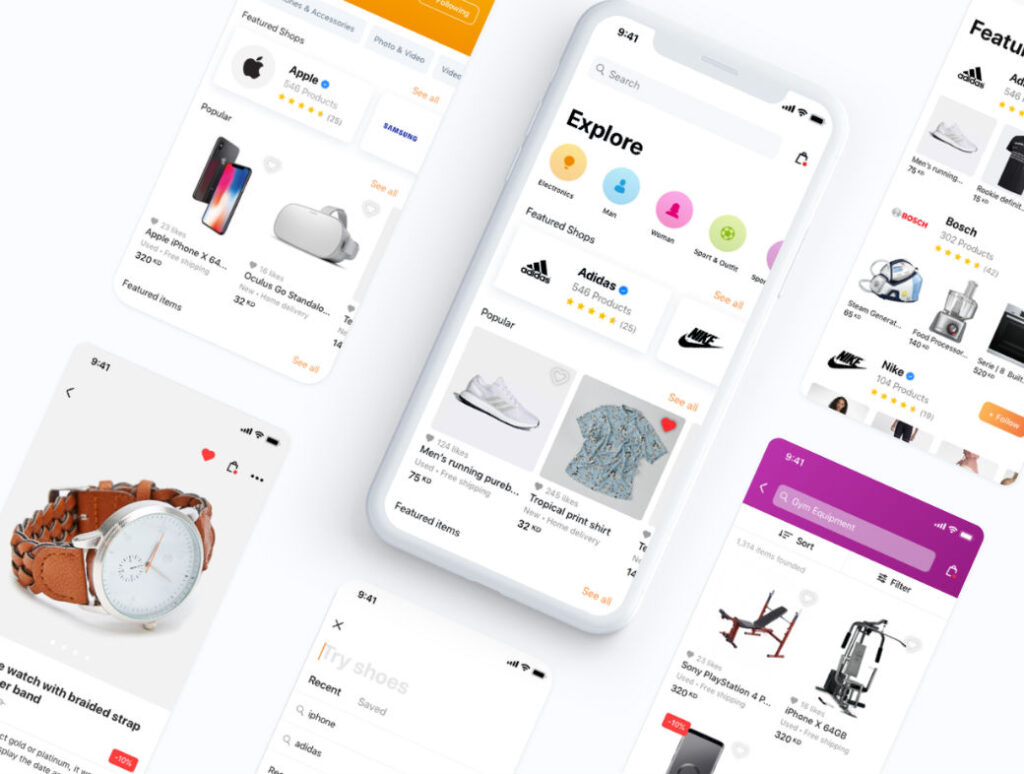
User experience (UX) design plays a crucial role in the success of e-commerce websites. In Vietnam’s rapidly growing digital landscape, where online shopping is becoming increasingly popular, providing a seamless and delightful user experience is essential for attracting and retaining customers. In this post, we will explore the importance of UX design for e-commerce websites in Vietnam and provide valuable insights and practical tips to create a user-centered and conversion-driven online shopping experience.
I. Understanding User Experience (UX) Design:

- What is UX design: UX design is the process of creating meaningful and satisfying experiences for website visitors by focusing on designing interfaces and interactions that are intuitive, efficient, and enjoyable. It involves understanding user needs, goals, and behaviors to create user-centered designs.
- Importance of UX design for e-commerce: In the context of e-commerce, UX design plays a crucial role in simplifying the buying process, enhancing trust and credibility, and creating a seamless and enjoyable shopping experience. It helps businesses increase conversions, customer satisfaction, and loyalty.
II. Key Elements of UX Design for E-commerce Websites:
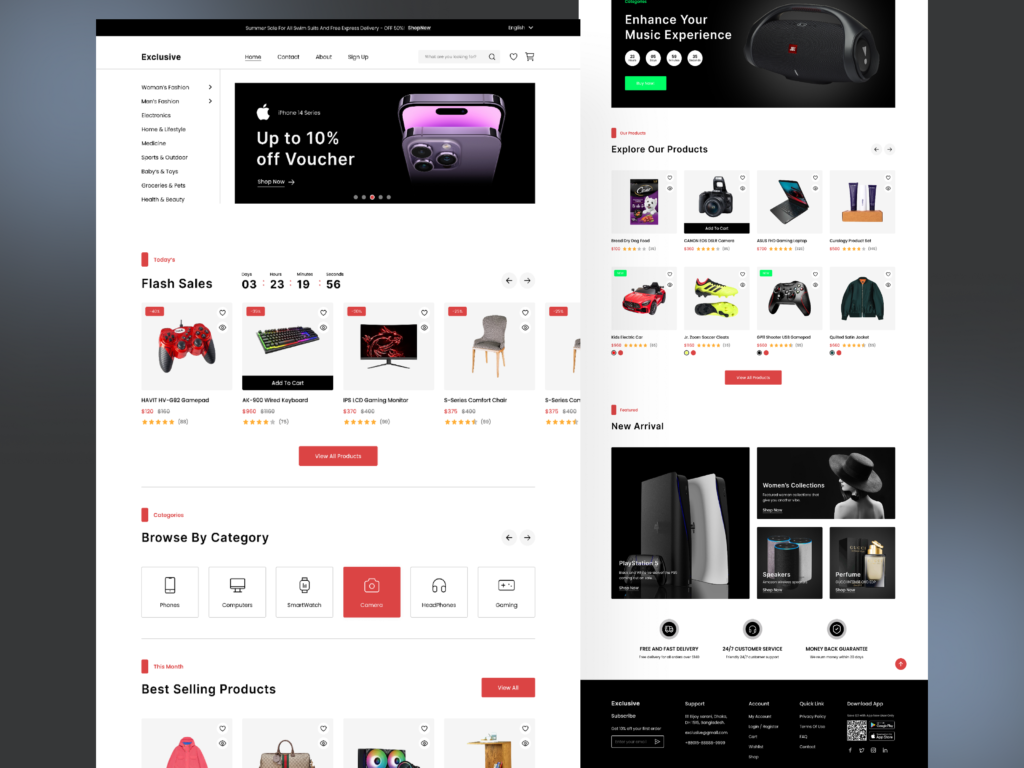
- Simplified Navigation: To enhance user experience, ensure that your e-commerce website’s navigation is clear, logical, and user-friendly. Implement intuitive menu structures, prominent search functionality, and user-friendly filters to help users easily find the products they’re looking for.
- Responsive Design: With the increasing use of mobile devices for online shopping, it is important to optimize your e-commerce website for various devices and screen sizes. Responsive design ensures that the website adapts seamlessly to different devices, providing a consistent and visually appealing experience.
- Streamlined Checkout Process: A streamlined and hassle-free checkout process is essential to minimize cart abandonment and maximize conversions. Simplify the checkout process by reducing the number of steps, offering guest checkout options, and providing clear instructions and progress indicators.
- Product Search and Filtering: Implement robust search functionality and advanced filtering options to help users efficiently find products based on their preferences. Offer filters such as price range, brand, size, color, and other relevant attributes to enable users to refine their search results.
- High-Quality Product Images: Visual content plays a vital role in e-commerce. Display high-resolution product images from multiple angles to help users visualize the product and make informed purchasing decisions. Clear and visually appealing images can significantly impact the user’s perception of product quality.
- Clear Product Information: Provide accurate and detailed product descriptions, specifications, pricing, and availability information to instill trust and reduce uncertainty for customers. Clear and concise information helps users make informed decisions and reduces the need for additional research or inquiries.
- Ratings and Reviews: User-generated ratings and reviews are powerful tools for building credibility and trust. Include customer reviews and ratings for products to provide social proof and help potential buyers make confident purchase decisions. Encourage customers to leave reviews after making a purchase to enhance the authenticity and usefulness of the feedback.
- Personalization and Recommendations: Leverage user data and behavioral insights to offer personalized product recommendations and tailored shopping experiences. Personalization helps users discover relevant products and increases engagement and conversion rates. Utilize techniques such as collaborative filtering, purchase history analysis, and user preferences to deliver personalized recommendations.
- Responsive Customer Support: Excellent customer support is crucial for e-commerce success. Provide multiple channels for customer support, such as live chat, email, or phone, to address customer inquiries promptly and effectively. Responsive customer support enhances trust, resolves issues, and improves overall customer satisfaction.
III. Testing and Continuous Improvement:
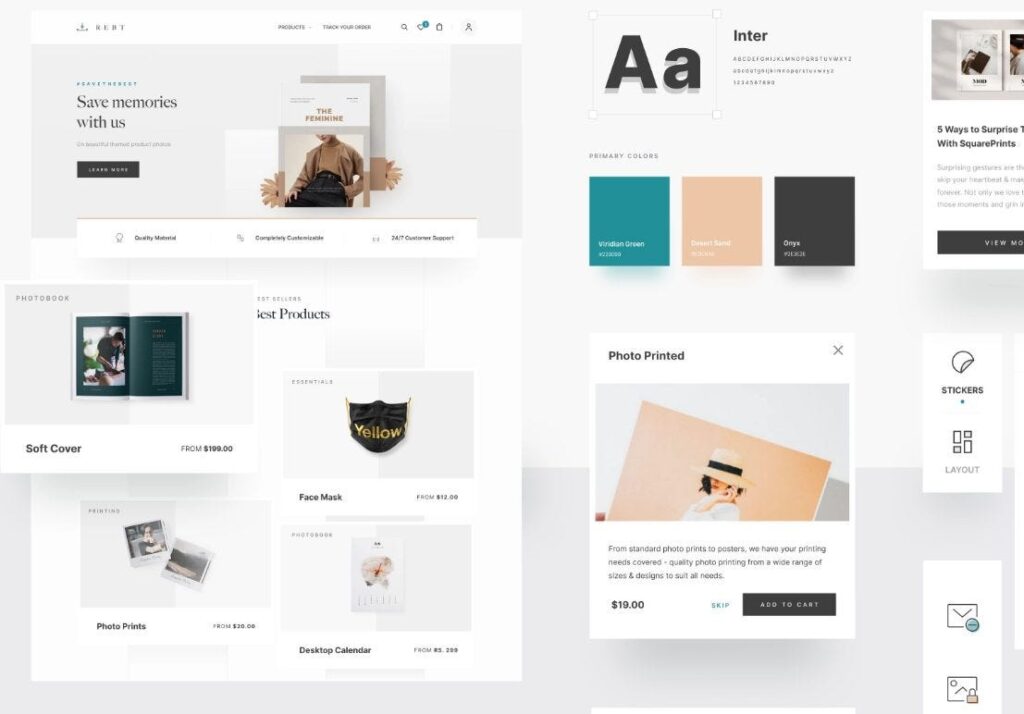
- User Testing: Conduct regular usability testing with real users to gather feedback and identify pain points and areas for improvement in your e-commerce website. Observing how users interact with your website can provide valuable insights to enhance the user experience.
- A/B Testing: Implement A/B testing to compare different design elements, layouts, and calls to action. By testing different variations, you can determine the most effective design choices and optimize your website for better user engagement and conversion rates.
- Analyze User Data: Utilize analytics tools to track user behavior, conversion rates, and drop-off points. Analyzing user data helps you identify areas where UX improvements can be made. Gain insights into user preferences, popular products, and navigation patterns to optimize the user experience and drive better business outcomes.
In conclusion, creating a seamless and delightful user experience is crucial for the success of e-commerce websites in Vietnam. By incorporating user-centric design principles, simplifying navigation, streamlining the checkout process, providing high-quality product information, and personalizing the shopping experience, you can create a user experience that not only attracts customers but also drives conversions and fosters long-term customer loyalty.
Key Points Summary:
- UX design focuses on creating meaningful and satisfying experiences for website visitors.
- Simplified navigation, responsive design, and streamlined checkout process are key elements of UX design for e-commerce websites.
- High-quality product images, clear product information, ratings and reviews, and personalized recommendations enhance the user experience.
- Testing and continuous improvement through user testing, A/B testing, and analyzing user data are essential for refining the user experience.
- Incorporating user-centric design principles, simplifying navigation, streamlining the checkout process, providing high-quality product information, and personalizing the shopping experience are key to optimizing UX for e-commerce websites.
- Optimizing the user experience leads to increased customer satisfaction, higher conversion rates, and long-term customer loyalty.
Contact us today to discuss how our expertise in UX design can help optimize your e-commerce website for the Vietnamese market.

